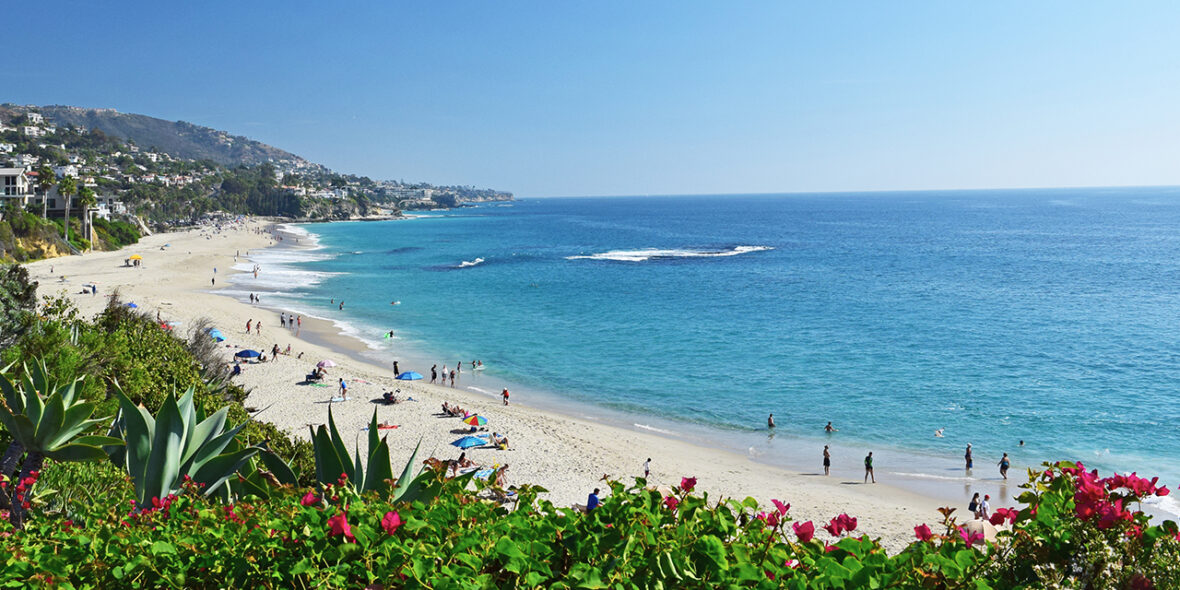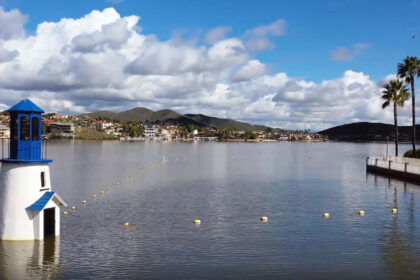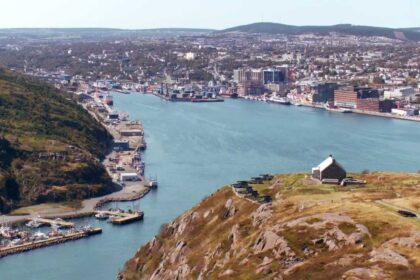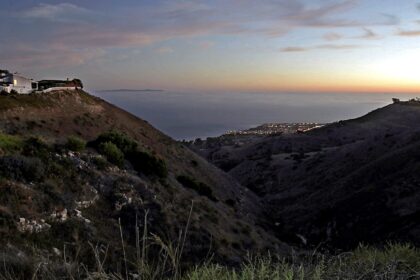Laguna Beach is a seaside resort city located in southern Orange County, California, in the United States. Take a look below for 20 interesting and awesome facts about Laguna Beach, California, United States.
1. It is known for its mild year-round climate, scenic coves, environmental preservation efforts, and artist community. The population in the 2020 census was 23,032.
2. Historically settled by Paleoindians, the Tongva people, and then Mexico, the location became part of the United States following the Mexican–American War.
3. Laguna Beach was settled in the 1870s, officially founded in 1887, and in 1927 its current government was incorporated as a city.
4. The city adopted the council–manager form of government in 1944. The city has remained relatively isolated from urban encroachment by its surrounding hills, limited highway access, and dedicated greenbelt.
5. The Laguna Beach coastline is protected by 5.88 miles (9.46 km) of state marine reserve and an additional 1.21 miles (1.95 km) of state conservation area.
6. Tourism is the primary industry with an estimated six million people visiting the community annually.
7. Large annual events include the Pageant of the Masters, Festival of Arts, Sawdust Art Festival, Art-A-Fair, Bluewater Music Festival, and Kelpfest.
8. Laguna Beach was the site of a prehistoric paleoindian civilization. In 1933, the first fossilized skull of a paleoindian found in California was uncovered during construction on St. Ann’s Drive.
9. Known as “Laguna Woman”, the skull originally was radiocarbon dated to more than 17,000 BP, but revised measurements suggest it originated during the Holocene era, 11,700 years BP. Subsequent research has found several prehistoric encampment sites in the area.
10. The indigenous people of the Laguna Beach area were the Tongva. Aliso Creek served as a territorial boundary between Gabrieleno and Acjachemen groups, or Juanenos, named by Spanish missionaries who first encountered them in the 1500s.
11. The area of Laguna Canyon was named on an 1841 Mexican land grant map as Cañada de las Lagunas (English: Glen of the Lagoons).
12. After the Mexican–American War ended in 1848, the area of Alta California was ceded to the United States. The treaty provided that Mexican land grants be honored and Rancho San Joaquin, which included north Laguna Beach, was granted to José Antonio Andres Sepúlveda. Following a drought in 1864, Sepúlveda sold the property to James Irvine. The majority of Laguna Beach was one of the few parcels of coastal land in Southern California that never was included in any Mexican land grant.
13. Settlers arrived after the American Civil War. They were encouraged by the Homestead Act and Timber Culture Act, which granted up to 160 acres (65 ha) of land to a homesteader who would plant at least 40 acres (16 ha) of trees. In Laguna Beach, settlers planted groves of eucalyptus trees.
14. In 1871, the first permanent homestead in the area was occupied by the George and Sarah Thurston family of Utah on 152 acres (62 ha) of Aliso Creek Canyon.
15. In 1876, the brothers William and Lorenzo Nathan “Nate” Brooks purchased tracts of land in Bluebird Canyon at present-day Diamond Street. They subdivided their land, built homes and initiated the small community of Arch Beach. In his book, History of Orange County, California (1921), Samuel Armor cited the permanent homestead of Nate Brooks as the beginning of the modern day town and described Brooks as the “Father of Laguna Beach”.
16. The community in Laguna Canyon and around the main beach expanded during the 1880s. The city officially founded a post office in 1887 under the name Lagona, but the postmaster in 1904, Nicholas Isch, successfully petitioned for a name correction to Laguna Beach.
17. By then Laguna Beach already had developed into a tourist destination. Hubbard Goff built a large hotel at Arch Beach in 1886, which later was moved and added to Joseph Yoch’s Laguna Beach Hotel built in 1888 on the main beach. Visitors from local cities pitched tents on the beaches for vacation during the warm summers.
18. The scenic beauty of the isolated coastline and hills attracted plein-air painters in the early 1900s. William Wendt, Frank Cuprien, and Edgar Payne among others settled there and formed the Laguna Beach Art Association. The first art gallery opened in 1918 and later became the Laguna Beach Art Museum.
19. Precursors to The Festival of Arts and the Pageant of the Masters began in 1921, and eventually were established in their present-day form by Roy Ropp in 1936.
20. Due to its proximity to Hollywood, Laguna also became a favorite filming location. Starting in 1913, dozens of silent films were made at local coves with Harold Lloyd, Mary Pickford, Douglas Fairbanks Jr., and others. Actors and film crews stayed during long production shoots at the Arch Beach Tavern on the hillside above Moss Street.




